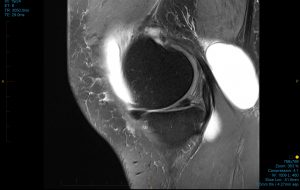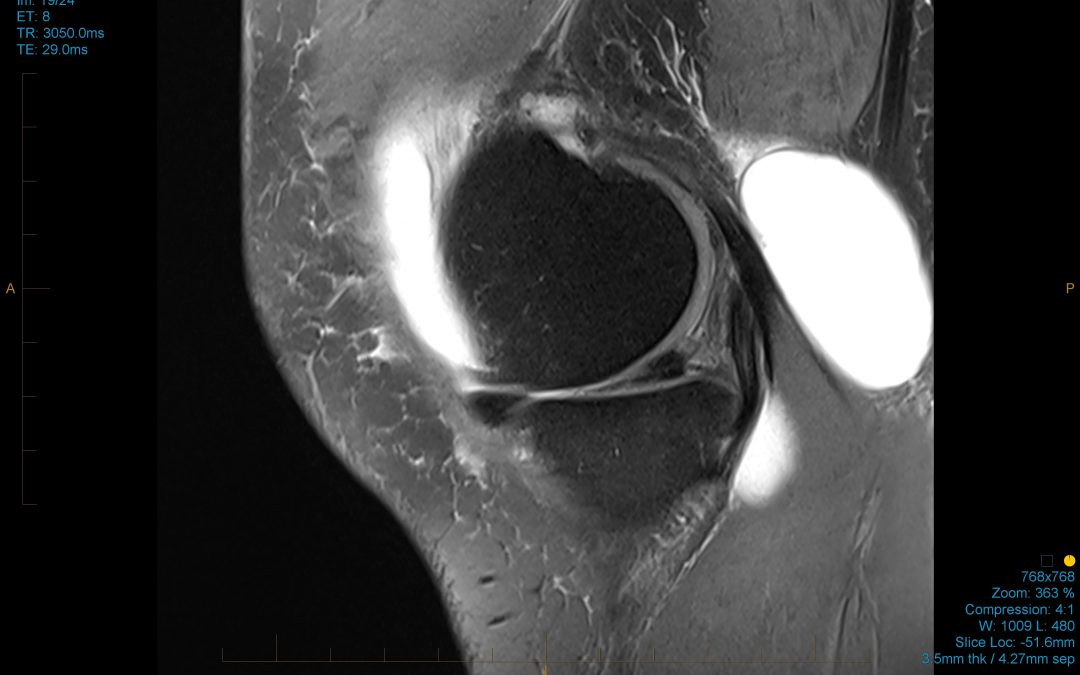Understanding Baker’s Cysts in the Knee

Bakers Cyst
by Keziah Loewen Physiotherapist
What are Bakers Cysts?
Today we delve into a common yet often misunderstood condition affecting the knee joint, Baker’s cysts. Baker’s cysts in the knee are also known as popliteal cysts. They are fluid-filled sacs that develop at the back of the knee. These cysts are usually the result of underlying conditions causing increased production of synovial fluid. This is the fluid that lubricates the knee joint. When excess synovial fluid accumulates, it can bulge into the back of the knee, forming a cyst.
This fluid build-up is usually caused by joint conditions like osteoarthritis and rheumatoid arthritis, injuries/trauma to the knee like with meniscus or ligament injuries, or with other conditions such as gout or infections. These conditions cause an increase in fluid pressure within the knee. This leads to a “bubble” forming or cyst, similar to blowing up a small balloon. The bottom line is anything that causes increased synovial fluid production or increased inflammation in the knee can lead to a Baker’s cyst.
How do I know its a Bakers Cyst?
How do you know its a Baker’s cyst in the knee? There may not be noticeable symptoms, especially if they’re small. However, larger cysts may show a visible lump behind the knee. A swollen knee will usually cause stiffness and discomfort when bending or straightening the knee, and can cause pain/aching in the knee joint.
As rehabilitation practitioners assess the knee using orthopedic tests to diagnose the underlying reason for the cyst. Management often involves treating the underlying cause of the cyst! While it might not always be possible to prevent Baker’s cysts, there are definitely certain measures that can be taken to reduce risk including: rest and activity modification, physiotherapy, and medication. Stay informed, stay active, and take care of your knees!
Hopefully this articles has given some useful information about Understanding Baker’s Cysts in the knee.
If you think you have a baker’s cyst, come in and see the team for an assessment today.



Recent Comments